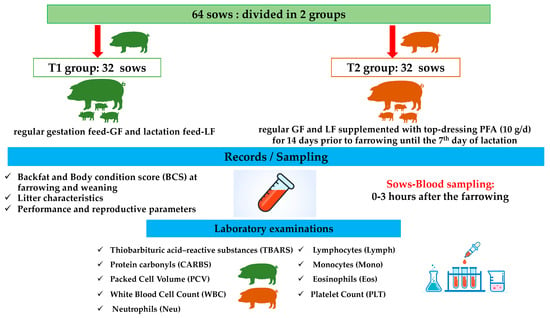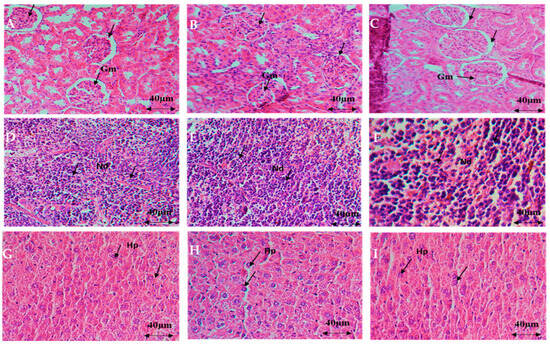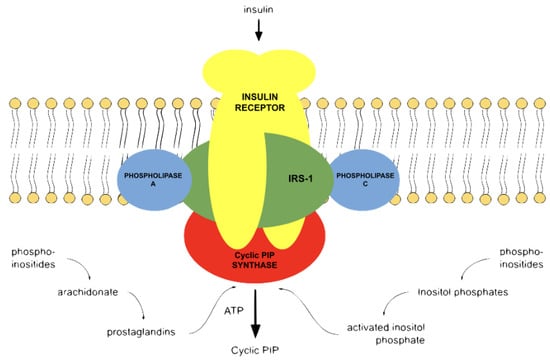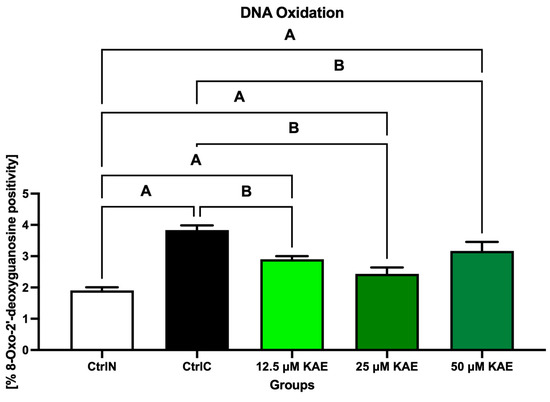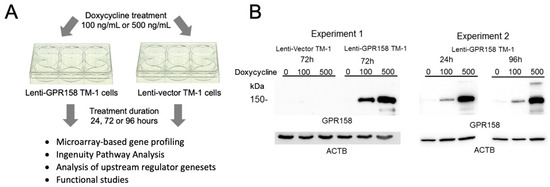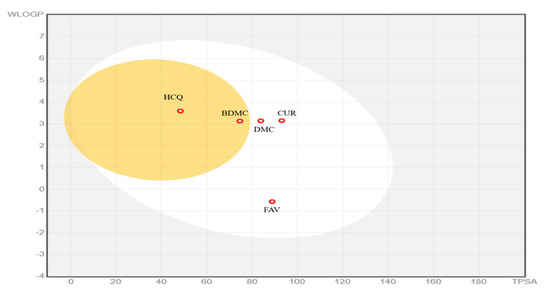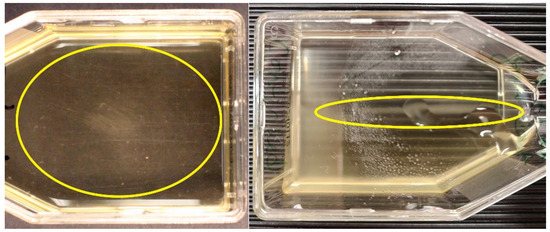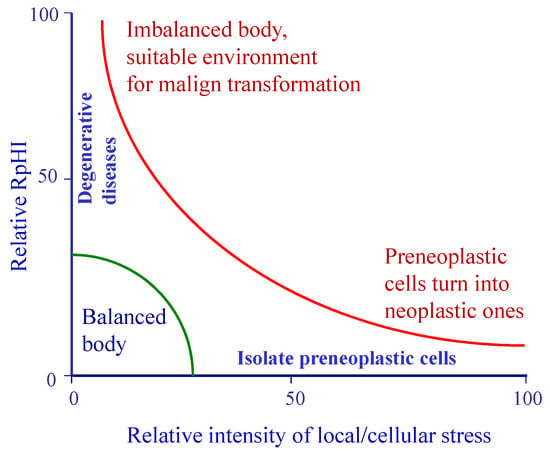Feature Papers in Human and Animal Stresses
A topical collection in Stresses (ISSN 2673-7140). This collection belongs to the section "Animal and Human Stresses".
Viewed by 9682Editors
Interests: toxicology; endocrine disrupting chemicals; mixtures; human health risk assessment; chemical carcinogenesis
Special Issues, Collections and Topics in MDPI journals
Interests: soil microbiome; gut microbiome; metaproteome; holobiont
Special Issues, Collections and Topics in MDPI journals
Topical Collection Information
Dear Colleagues,
This Topical Collection, entitled “Feature Papers in Human and Animal Stresses”, welcomes the submission of reviews and original research articles that reflect experimental and interventional trials aimed at mitigating the impacts of an extensive range of environmental stressors, including physical (noise, heat), biological (virus, parasites), chemical (heavy metals, microplastics, pesticide/herbicides) and metabolic (oxidative Stress, osmotic stress, nutritional stress). Whilst research on interventions designed to enhance developmental and reproductive outcomes is particularly encouraged, studies that focus on the impact of interventions targeting other health outcomes are also welcome. Investigations in humans, animals, and cell culture are also encouraged, and human studies may be cross-sectional, case–control or intervention trials. We look forward to your contribution to this exciting collection, attending to the latest advances in the research domain of human and animal stresses.
Dr. Aleksandra Buha Djordjevic
Dr. Elisa Bona
Collection Editors
Manuscript Submission Information
Manuscripts should be submitted online at www.mdpi.com by registering and logging in to this website. Once you are registered, click here to go to the submission form. Manuscripts can be submitted until the deadline. All submissions that pass pre-check are peer-reviewed. Accepted papers will be published continuously in the journal (as soon as accepted) and will be listed together on the collection website. Research articles, review articles as well as short communications are invited. For planned papers, a title and short abstract (about 100 words) can be sent to the Editorial Office for announcement on this website.
Submitted manuscripts should not have been published previously, nor be under consideration for publication elsewhere (except conference proceedings papers). All manuscripts are thoroughly refereed through a single-blind peer-review process. A guide for authors and other relevant information for submission of manuscripts is available on the Instructions for Authors page. Stresses is an international peer-reviewed open access quarterly journal published by MDPI.
Please visit the Instructions for Authors page before submitting a manuscript. The Article Processing Charge (APC) for publication in this open access journal is 1000 CHF (Swiss Francs). Submitted papers should be well formatted and use good English. Authors may use MDPI's English editing service prior to publication or during author revisions.






